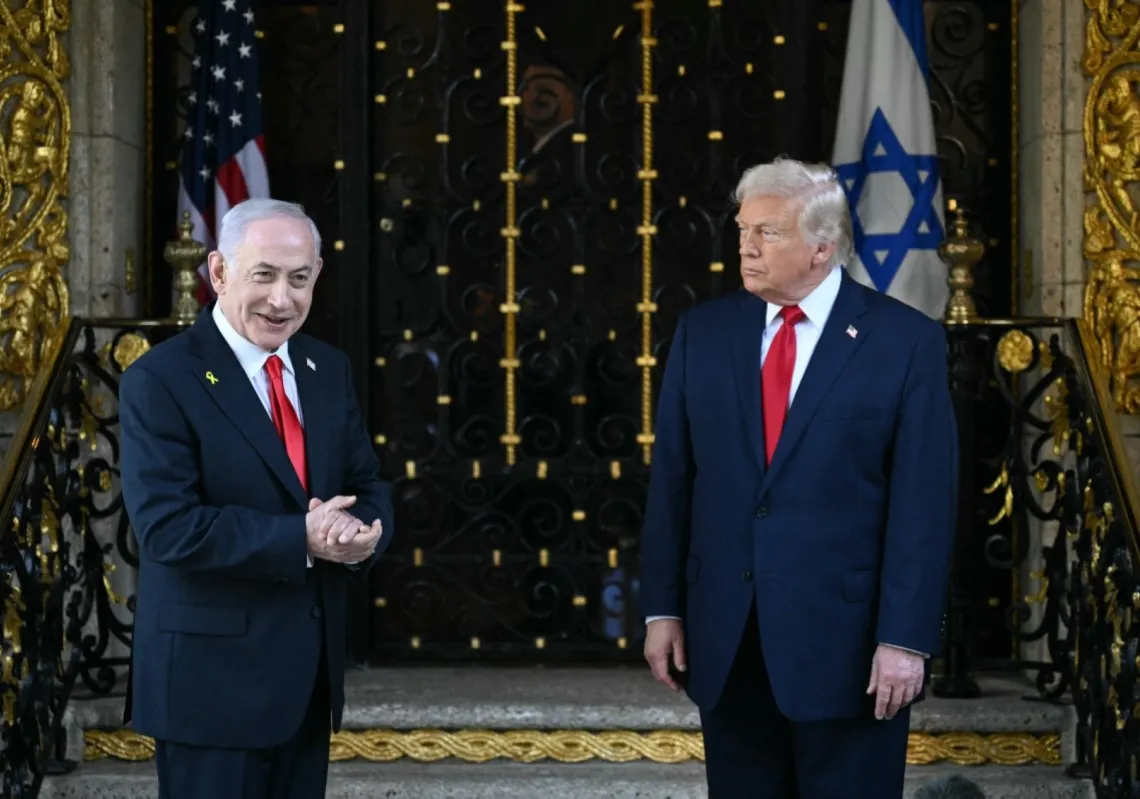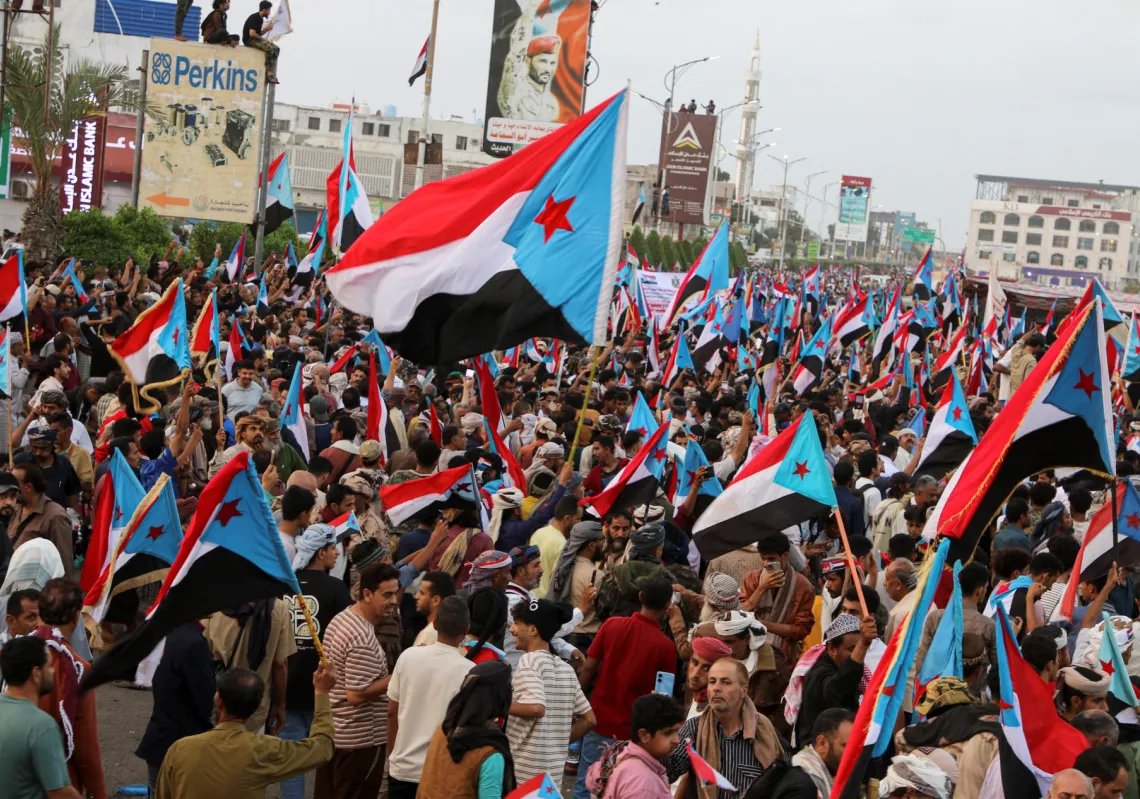In the wake of each Israeli mass exile of Palestinians, the haunting masterpieces of Ismail Shammout reverberate in our mind’s eye.
At the forefront stands his famed painting Where to? completed in 1953, a poignant testament to the never-ending cycle of Palestinian suffering.
In the painting, time seems shrouded in a hazy mist of confusion amid a war’s blazing inferno. A town is seen in the distance, dwarfed by the stature of a father carrying his youngest child on his shoulders while gripping the hand of another; a third trails behind with a bowed head. Their four faces are etched with the agony of instant displacement.
An empty wilderness surrounding them is interrupted by a solitary bare tree – an emblem of desolation. It shares in their calamity: an uprooted family marching reluctantly into the unknown.

An extended reading
Looking at the sorrowful depiction, it’s easy for our minds to begin to draw a wider story beyond the confines of the canvas.
The olive tree looks much like a wounded vein. The broken man, flanked by his three children, strides forward, the cane in his hand topped with a curved handle that mirrors the profile of a majestic bird of prey. A phantom village unfolds behind them, left in the dust.
Asleep on his father's shoulder, the youngest child struggles to comprehend the brutality that claimed his mother under the rubble of their house – a house not destined to fall but brought down by a ruthless Israeli raid at dawn nonetheless.














